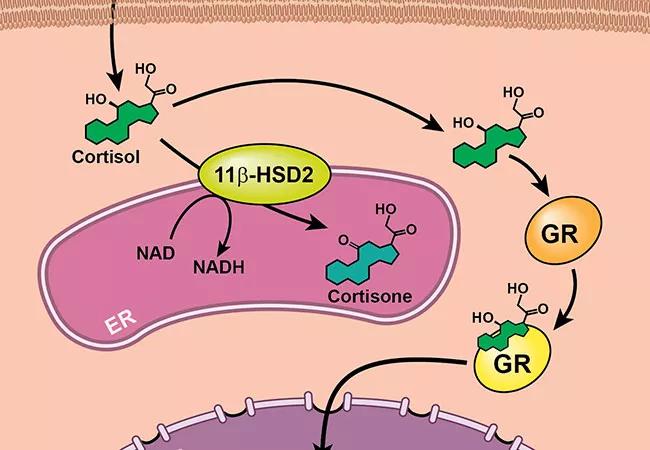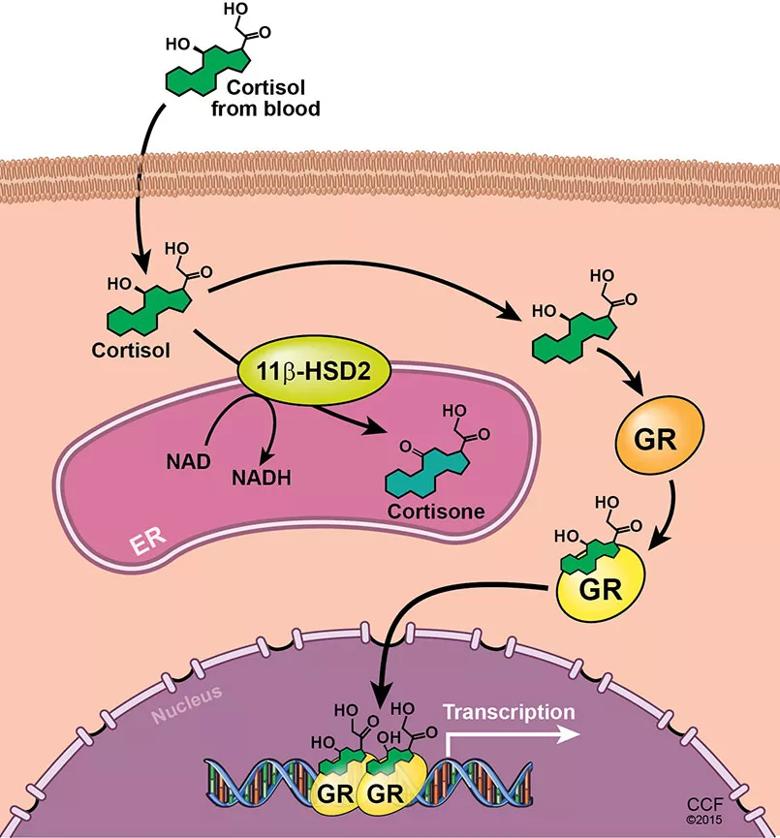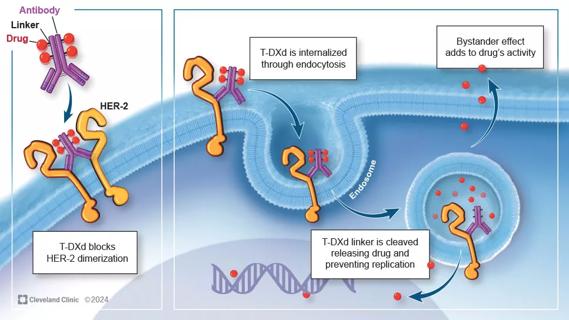Researchers identify complex cascade of events, a “metabolic switch”

A Cleveland Clinic research team has discovered a biological pathway that could ultimately help men overcome resistance to androgen receptor antagonist therapy in advanced prostate cancer.
Advertisement
Cleveland Clinic is a non-profit academic medical center. Advertising on our site helps support our mission. We do not endorse non-Cleveland Clinic products or services. Policy
Results from their study of animal models of prostate cancer and patient tissue were published online in the medical journal, eLife.
While metastatic prostate cancer responds initially to medical or surgical castration in virtually all men, the disease eventually progresses to castration-resistant prostate cancer (CRPC). Enzalutamide, a potent next-generation AR antagonist, is a next line of defense and prolongs survival for metastatic CRPC patients. However, most men eventually develop resistance to the drug, leading to disease lethality.
“In prostate cancer, we know that a hormone-receptor complex instructs cells to proliferate,” says lead author Nima Sharifi, MD, who holds appointments in Cleveland Clinic’s Lerner Research Institute Department of Cancer Biology, Glickman Urological & Kidney Institute and Taussig Cancer Institute. “Enzalutamide blocks this interaction, rendering androgens inactive.”
Dr. Sharifi’s research team discovered a complex cascade of events—a “metabolic switch”—that occurs when androgen receptors are blocked with enzalutamide. Results show that enzalutamide treatment causes levels of the enzyme 11β-HSD2 to plummet, which in turn creates a surplus of cortisol in tumor cells. This excess cortisol activates its own receptor-protein complex, which then assumes the role of the disabled androgen receptor, prompting the tumor to increase production of androgens.
Since simply blocking cortisol from its receptor is not compatible with life, Dr. Sharifi’s team searched for an alternative means of turning off this metabolic switch. In their prostate cancer models, they found that restoring levels of 11β-HSD2 reversed enzalutamide resistance.
Advertisement

GR stimulation with enzalutamide resistance in prostate cancer is tightly regulated by glucocorticoid metabolism in target tissues. (Reprinted with permission from Sharifi et al, eLife, 2017)
“This is a major discovery that demonstrates how tweaking changes in metabolism induced by hormonal therapy can offer major benefits to patients in prostate and possibly other cancers,” Dr. Sharifi explains. “We need additional studies to determine how to safely increase 11β-HSD2 in patients, but we are a step closer to finding answers and hopefully prolonging the lives of men who are in the unfortunate situation of being resistant to all current therapies.”
Advertisement
Advertisement

First-of-its-kind research investigates the viability of standard screening to reduce the burden of late-stage cancer diagnoses

Global R&D efforts expanding first-line and relapse therapy options for patients

Study demonstrates ability to reduce patients’ reliance on phlebotomies to stabilize hematocrit levels

A case study on the value of access to novel therapies through clinical trials

Findings highlight an association between obesity and an increased incidence of moderate-severe disease

Cleveland Clinic Cancer Institute takes multi-faceted approach to increasing clinical trial access 23456

Key learnings from DESTINY trials

Overall survival in patients treated since 2008 is nearly 20% higher than in earlier patients